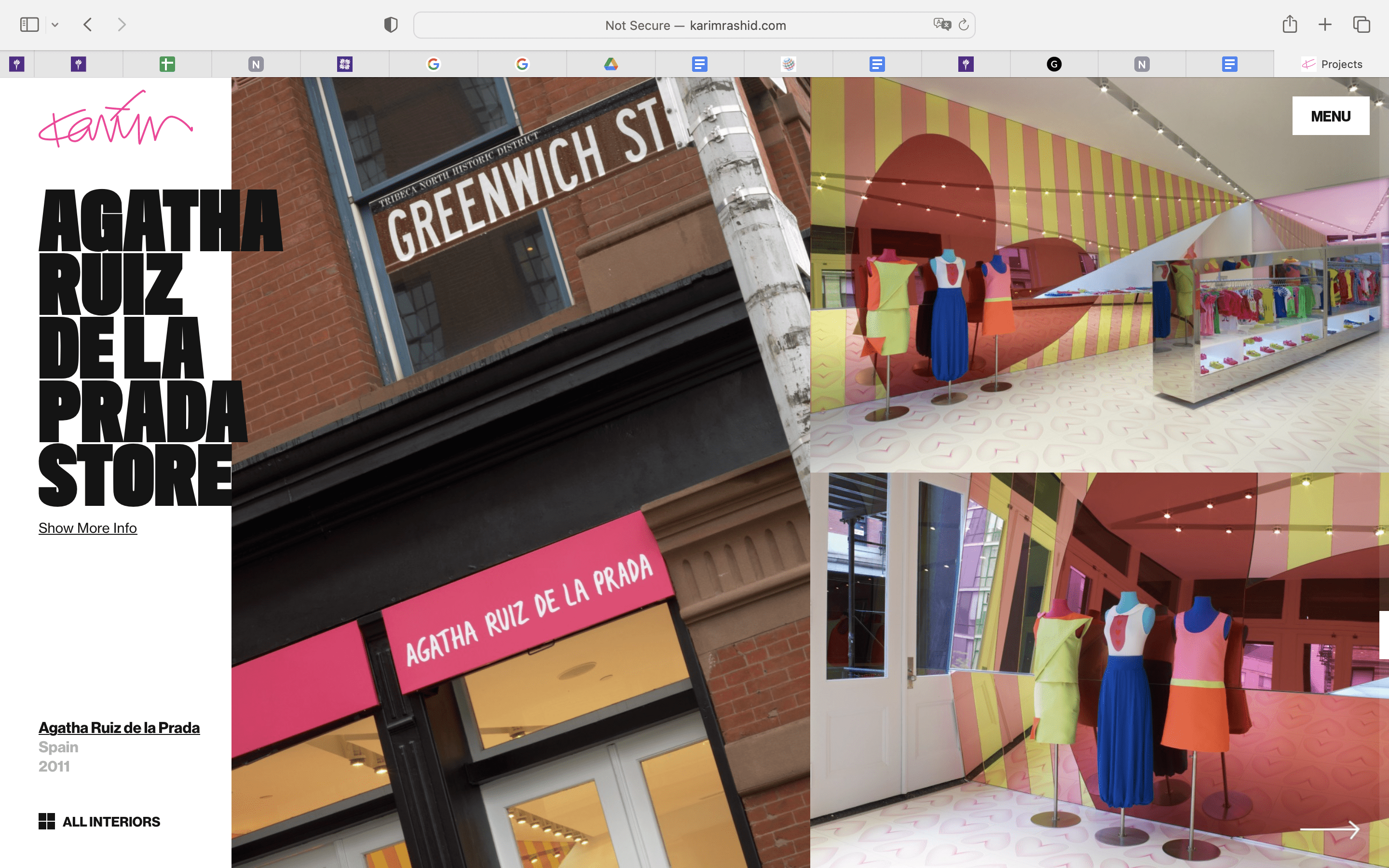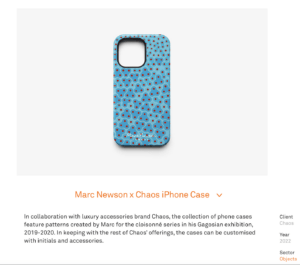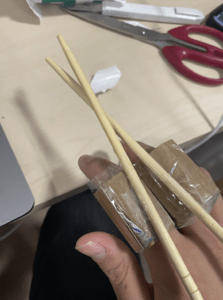1,2,3
Innovative, aesthetic
I think both of them have done this part. Like the Lockheed lounge made by Newson, which completely overturned the traditional look of the chair, especially innovative and aesthetic at the same time. There are also products like the large cloisonné chairs made by Newson, which combine traditional Chinese production techniques with modern products and are very innovative. On the other hand, Rashid’s work is more based on simplicity’s beauty. The products consist of two to three colors and are very minimalist in aesthetics.


2, 5, 6
useful, unobstructive, honest.
I think most of their products meet these three requirements. Since their products are in line with the minimalist aesthetic, they are generally very unobstructed or natural in the home and do not feel abrupt.
4,8
Understandable, through down to the last detail
I think Rashid’s work is mostly practical, so most of his work is the user knows how to use at first glance, and the product is very practical, so the design is very detailed, while some of Newson’s products like cloisonné are more in the form of crafts, so it seems not too practical, it is difficult for the user to see what his products are doing. It’s hard for users to tell what his products do. Like his Radom Park chair, if you don’t look at the name, it’s hard to understand what the product is for by the way it looks.

7,9,10
Long lasting, environmental friendly, as little design as possible
I think both of them have done a good job in this area. newson, as he said in his interview, wants to make his products more long lasting in order not to contribute to the landfill. Rashid is using more eco-friendly materials to make his products, and although its sustainability is not guaranteed, it is definitely eco-friendly.














